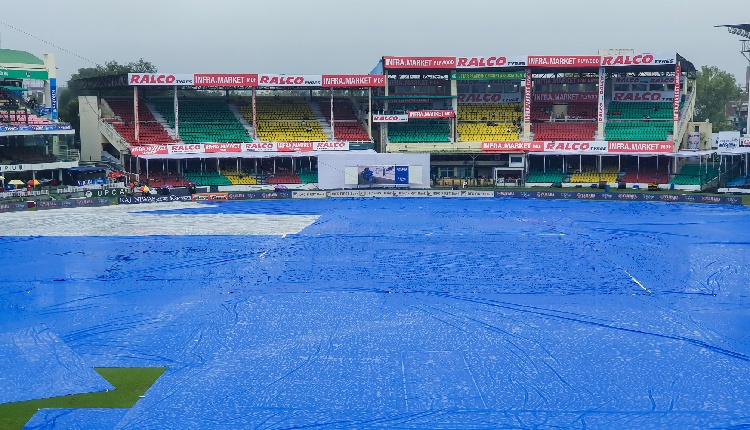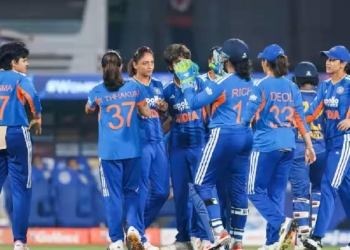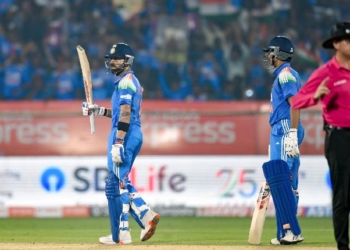Kanpur: The issue of having multiple Test match venues in India has once again come under the spotlight after Day 3 of the second Test between India and Bangladesh in Kanpur was delayed due to poor drainage at the Green Park stadium. As the debate over the suitability of India’s numerous Test centres intensifies, veteran off-spinner Ravichandran Ashwin shared his perspective on the matter, offering both the pros and cons of the current system.
Speaking at the post-match press conference, Ashwin emphasized the benefits of having many Test venues spread across India, particularly in terms of promoting cricket at the grassroots level. “Firstly, what are the benefits that Indian cricketers attain by having so many Test centres? You have cricketers who come and play Test cricket from every nook and corner of this country,” Ashwin said. “It is a huge country, and it has triggered that sort of urgency and passion among cricketers to be able to come and play for this country. That is a big positive.”
Ashwin highlighted how allowing more venues to host Test matches has opened doors for cricketers from diverse regions, nurturing the sport in areas that might otherwise be overlooked. In a country as vast as India, he pointed out, this inclusivity fosters a sense of national pride and opportunity for aspiring players across the nation.
However, Ashwin acknowledged the challenges associated with having such a broad range of Test venues. Referring to the drainage issues at the Kanpur ground, which led to a significant delay in play, Ashwin pointed out that certain facilities are critical to hosting a Test match at the highest level. “There are certain requisite ingredients that are important to host a Test match, and these were lacking in Kanpur,” he said. “The weather and the kind of drainage that we need to be able to invest in are essential.”
Despite the inclusivity and passion generated by having many Test centres, Ashwin also recognised the advantages of having fewer, designated Test venues, similar to what other cricketing nations follow.
He cited Australia and England as examples of countries with fixed Test match venues and specific times of the year to host games. “We go to Australia, they play India only at five Test centres. They don’t play us at the Manuka Oval in Canberra,” Ashwin noted. “They won’t be very familiar with the conditions. So does England. They have certain select Test centres, and that’s where they play. Some of those are only white-ball centres.”
Ashwin admitted that limiting Test matches to a few designated venues would undoubtedly help players become more familiar with specific conditions, similar to how Australia and England schedule their matches. “It certainly helps a player if you have just a few Test centres,” he said.
When asked if India should adopt a similar approach, Ashwin diplomatically stated, “Can we do it here? That’s above my pay grade. I cannot comment on that.”
(IANS)
















